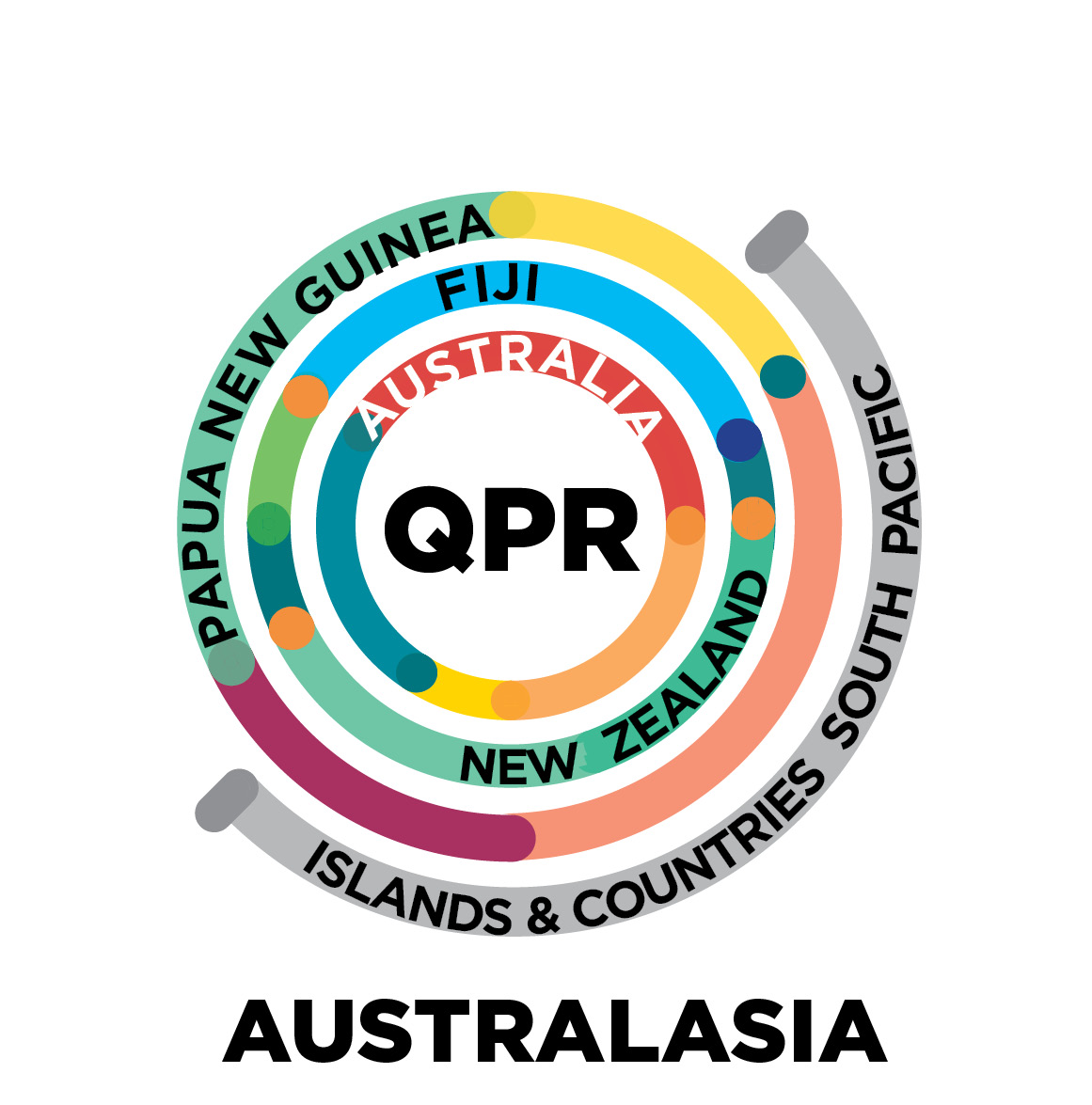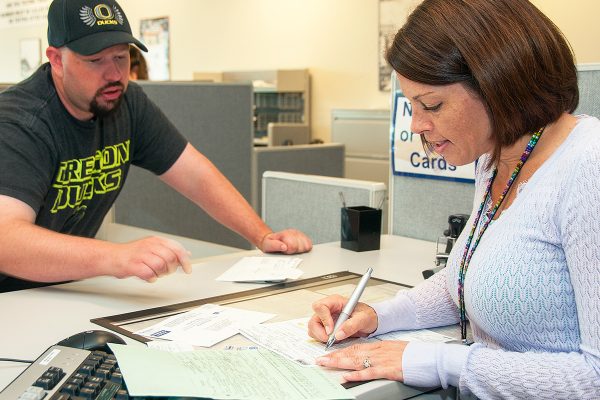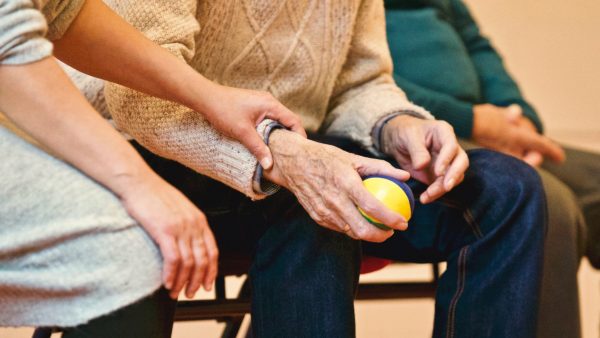
QPR for Occupational Therapists, Physical Therapists, and others
The QPR for Occupational Therapists and other allied health professionals is intended to prevent suicide not just among patients, but among employees, colleagues, co-workers, friends and family members. The course targets risk detection and identification to enhance patient safety, and teaches a best practice suicide screening tool and referral methodology. QPR training is a universal intervention for persons experiencing a potentially life-threatening mental health emergency and, like CPR, can be carried out by anyone trained in its use.
$103.00
Why this training program?
- Occupational therapists have a high degree of line-of-duty exposure to suicidal behaviors, both in the pre-attempt phase (when suicidal persons are communicating intent and desire to attempt suicide via suicide warning signs), and after a suicide attempt or completion.
- Occupational therapists serve at-risk groups, including adolescents, veterans, the elderly, those with recent serious career-changing injuries or illnesses, and persons with existing mental illnesses.
- As health care professionals, occupational therapists also have higher-than-expected exposures to secondary trauma resulting from suicidal behaviours, particularly in psychiatric settings or rehabilitation treatment settings.
- While perceived comfort and competence in conducting suicide interventions or dealing with suicide events varies considerably, many occupational therapists have not had specific suicide prevention training which would be beneficial to the health and safety of fellow employees or suicidal patients.
The QPR Institute trains and licenses Certified QPR Instructors for those interested in teaching QPR face-to-face. Since inception, more than 15,000 instructors have been trained.
Finally, the four primary goals of the QPR Institute are these:
- Raise public awareness about suicide and its prevention.
- Provide low-cost, high-tech, effective, basic gatekeeper and intervention skills training to lay persons who may be able to prevent a suicide.
- Provide suicide prevention and intervention training programs for a variety of professionals and for undergraduate, graduate and post-graduate students preparing for careers in the helping professions.
- Reduce morbidity and mortality of suicidal patients, students, and employees through a systems approach to suicide risk reduction that enhances detection of suicidal behaviors and those clinical competencies necessary to assess, manage, monitor, and treat patients known to be at elevated risk for suicidal behaviours.
As of this writing in early 2014, the Institute has trained almost two million gatekeepers worldwide. In addition, thousands of clinical health care providers have been trained in how to detect, assess, manage, and treat suicidal consumers.
If this sounds like an "army" of people helping to prevent suicide, it is. Now, with your help, we will create a new division in that army of educated, trained occupational therapists to help prevent suicide around the globe.
While expert opinion may differ as to what helper competencies are required to assist suicidal persons achieve the most beneficial outcomes, little controversy exists about the lack of qualified manpower to help the thousands of people who think about, attempt, and sometimes die by suicide. For this reason alone, new state laws are being passed to improve the capacity of health professionals to respond effectively to suicidal patients.
Even among licensed professionals there is a serious lack of systematic training in how to a) detect suicide risk, b) assess immediate risk for suicidal behaviors and c) provide helpful crisis mitigation services to suicidal persons.
The primary mission of the QPR Institute has been to provide technology transfer of evidence-based knowledge into useful skills and helpful interventions for those wishing to assist suicidal persons. To this end, the Institute has developed comprehensive training programs to address the training deficits among clinical providers as outlined in both editions of the National Strategy for Suicide Prevention, and to provide customized suicide prevention training to match the service setting and the levels of duty professionals in those settings have for the health and safety of those they serve.
The history and source of these training programs is derived from earlier research and development work in partnership with Washington State University, The Washington Institute for Mental Health Research, the Washington State Youth Suicide Prevention Program, Spokane Mental Health (now Frontier Behavioral Health), and Spokane County Regional Health District.
We know that occupational therapists are in frequent contact with at-risk populations. In our view, they need to know as much about suicidal behaviors and how to intervene to reduce risk and enhance safety as do trained mental health professionals. Learning to recognize and respond to possible suicide warning signs, and how to facilitate a competent referral and follow-up is key to preventing suicide.
This training is not a substitute for a university degree in counselling or other mental health profession, nor can it provide the face-to-face supervised experience those in the helping professions are provided in the course of their professional career development. The program does not teach suicide risk assessment skills. Suicide risk assessment training is provided in other QPR Institute programs.
- Participants must be at least 18 years of age
- If employed by, or volunteering for, an organization, participants agree to accept all expectations and employment rules of their parent organization. The QPR Institute does not vet or otherwise qualify students for this course.
Modularised in a rich mix of text, video, voice-over PowerPoint™ lectures, interactive practice sessions, and other state-of-the-art interactive and e-learning technologies, the QPR for occupational therapists training program provides a dynamic introduction to suicide risk detection, intervention, means restriction, referral and follow up.
Participants who complete this course should be able to:
- Understand suicide as a major public health problem
- Understand the common myths and facts surrounding suicide
- Identify unique verbal, behavioural, and situational suicide warning signs
- Recognise and screen someone at risk of suicide
- Know how to inquire about suicidal intent and desire
- Recognise at least three suicide warning signs
- Recognise at least three risk factors for suicide
- Recognise at least three protective factors against suicide
- Demonstrate increased knowledge, skills, self-efficacy and intent to act to intervene with suicidal people and patients
- Know how to engage and assist a suicidal colleague or co-worker
- Describe "means restriction" and life-saving action steps
- Know materials, phone numbers, and patient/family information to provide at discharge or point of care site
- Understand the nature of suicide and describe at least one theory of suicidal behaviour
- Describe and locate major suicide prevention web sites and online resources
- Demonstrate increased knowledge about suicide and its causes
- Engage in an interactive and helpful conversation with someone who has attempted suicide
- Engage in an interactive and helpful conversation with the loved ones or family members of someone who has died by suicide
- Describe clinical groups at high risk for suicide - optional video lecture




